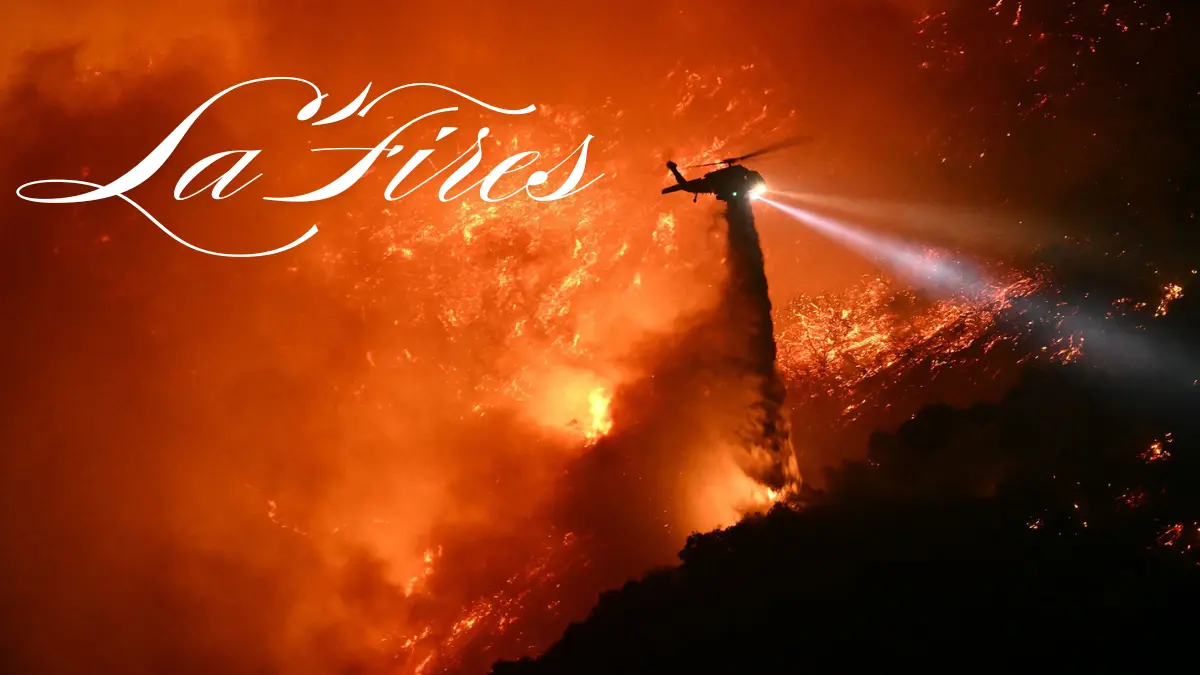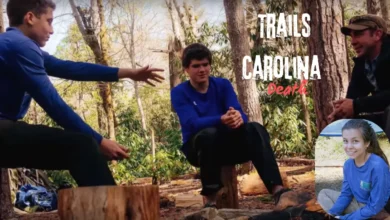LA Fires Wildfires have long been a natural occurrence in California, but in recent decades, the severity and frequency of these events have escalated dramatically. Los Angeles (LA), with its sprawling urban landscape juxtaposed against chaparral-covered hills, has become a focal point for some of the most destructive fires in the state. These fires have reshaped not only the environment but also the lives of countless residents, leaving an indelible mark on the region’s history and identity.
The Causes Behind the Fires
:max_bytes(150000):strip_icc()/GettyImages-21925586401-5ad88de4203f48fdbe3034fa8a8ccc60.jpg)
Several factors contribute to the increasing intensity of wildfires in Los Angeles. Climate change plays a significant role, with rising temperatures and prolonged droughts creating the perfect conditions for fires to ignite and spread. The vegetation in and around LA Fires becomes highly flammable during dry spells, providing ample fuel for even the smallest spark. Human activities, such as careless disposal of cigarettes, unattended campfires, and utility line failures, further exacerbate the risk of fires.
Urban sprawl has also intensified the problem. As the population of Los Angeles grows, more housing developments encroach upon natural fire-prone areas. This expansion increases the likelihood of human-wildlife interaction and places more people in harm’s way during a wildfire event. The wildland-urban interface, where urban areas meet undeveloped land, is particularly vulnerable, making it a critical focus for fire prevention efforts.
The Environmental Toll
The ecological consequences of LA Fires are profound. Wildfires disrupt ecosystems, destroying habitats and threatening species that are already at risk. For some plant species, fire is a natural part of their life cycle, helping with seed germination and growth. However, the increasing frequency of fires does not allow these ecosystems sufficient time to recover, leading to long-term degradation.
Air quality takes a significant hit during and after wildfires. The smoke and particulate matter released into the atmosphere can travel hundreds of miles, affecting not only Los Angeles but also neighboring regions. This pollution poses serious health risks, particularly for individuals with pre-existing respiratory conditions. Additionally, the release of carbon dioxide and other greenhouse gases from burning vegetation contributes to global warming, creating a vicious cycle that further fuels climate change.
The Human Cost
The human impact of LA fires in Los Angeles is both immediate and far-reaching. Residents often face the heart-wrenching reality of evacuating their homes, sometimes with little warning. Entire communities can be displaced, and the emotional toll of losing homes, possessions, and even loved ones is immeasurable. The economic burden is equally staggering, with the cost of firefighting efforts, rebuilding, and healthcare for those affected by smoke inhalation or burns reaching billions of dollars annually.
Health risks extend beyond physical injuries. The psychological effects of living through a wildfire can be long-lasting. Many residents report experiencing anxiety, depression, and post-traumatic stress disorder after witnessing the destruction of their homes and neighborhoods. Children, in particular, may struggle to process these traumatic events, requiring specialized support to recover emotionally.
Firefighting and Prevention Efforts
Firefighting in Los Angeles is a monumental task, requiring coordination between local, state, and federal agencies. Firefighters often work in grueling conditions, battling blazes that can spread at alarming speeds due to strong winds and dry vegetation. The use of helicopters and airplanes to drop water and fire retardants has become a critical component of firefighting strategies, particularly in hard-to-reach areas.
Despite these efforts, prevention remains the most effective way to combat the growing threat of wildfires. Public awareness campaigns emphasize the importance of fire safety, urging residents to create defensible space around their homes by clearing flammable vegetation and using fire-resistant building materials. Utilities are also taking steps to reduce fire risks by upgrading equipment and implementing power shutoffs during high-risk periods.
The Role of Technology
Advancements in technology are playing a pivotal role in wildfire detection and management. Satellite imagery and drones are now used to monitor fire-prone areas, providing real-time data that helps firefighters respond more quickly. Predictive modeling software can analyze weather patterns, vegetation, and other factors to forecast the likelihood of LA fires, allowing authorities to allocate resources more effectively.
Smartphone apps and emergency alert systems have also become invaluable tools for residents. These platforms provide up-to-date information on fire locations, evacuation routes, and air quality, helping people make informed decisions during emergencies. While technology alone cannot prevent LA Fires, it is proving to be an indispensable ally in mitigating their impact.
Community Resilience and Recovery
In the aftermath of a wildfire, the resilience of the affected communities is put to the test. Recovery efforts often begin with clearing debris and assessing the extent of the damage. Local governments and nonprofit organizations play a crucial role in providing financial assistance, temporary housing, and mental health support to those affected.
Community members frequently come together to support one another, showcasing the strength and solidarity that define Los Angeles. Fundraisers, donation drives, and volunteer efforts help provide essential resources to those in need. The rebuilding process, though challenging, also offers an opportunity to create more fire-resistant communities, with improved infrastructure and better planning to minimize future risks.
The Role of Policy and Legislation
La Fires Effective policies and legislation are essential in addressing the wildfire crisis in Los Angeles. State and local governments have implemented measures such as stricter building codes, enhanced land-use planning, and increased funding for firefighting and prevention efforts. These initiatives aim to reduce the risk of LA Fires while also ensuring a swift and efficient response when they occur.
However, challenges remain. Balancing the need for development with environmental conservation is a complex task, particularly in a city as densely populated as Los Angeles. Policymakers must also navigate the economic implications of wildfire prevention measures, which can be costly but are ultimately necessary to safeguard the region’s future.
The Cultural and Historical Significance
Wildfires are deeply intertwined with the cultural and historical identity of Los Angeles. Indigenous communities in the region have long used controlled burns as a method of land management, a practice that is now being revisited as a potential solution to modern wildfire challenges. These prescribed burns can help reduce the buildup of flammable vegetation, lowering the risk of large-scale LA Fires.
The portrayal of wildfires in media and art also reflects their significance in LA Fires collective consciousness. From news reports capturing the heroism of firefighters to films and literature exploring themes of destruction and renewal, LA Fires have become a symbol of both the vulnerability and resilience of the city and its people.
The Path Forward
Addressing the wildfire crisis in Los Angeles requires a multifaceted approach that combines science, technology, policy, and community engagement. While the challenges are immense, the progress made in recent years offers hope for a more sustainable future. By investing in prevention, embracing innovative technologies, and fostering a culture of resilience, Los Angeles can better protect its residents and environment from the devastating impact of LA fires.
The story of LA fires is one of both destruction and renewal. Each blaze serves as a stark reminder of the challenges posed by a changing climate, but it also highlights the strength and determination of those who call this city home. As Los Angeles continues to grapple with the realities of wildfire season, the lessons learned will undoubtedly shape the city’s response for generations to come.



